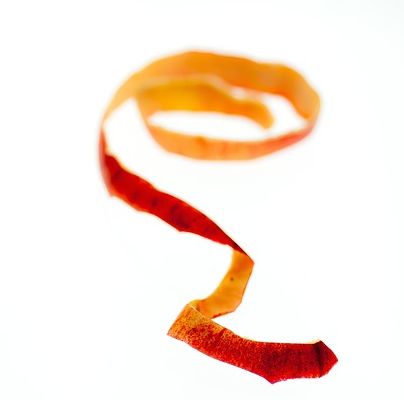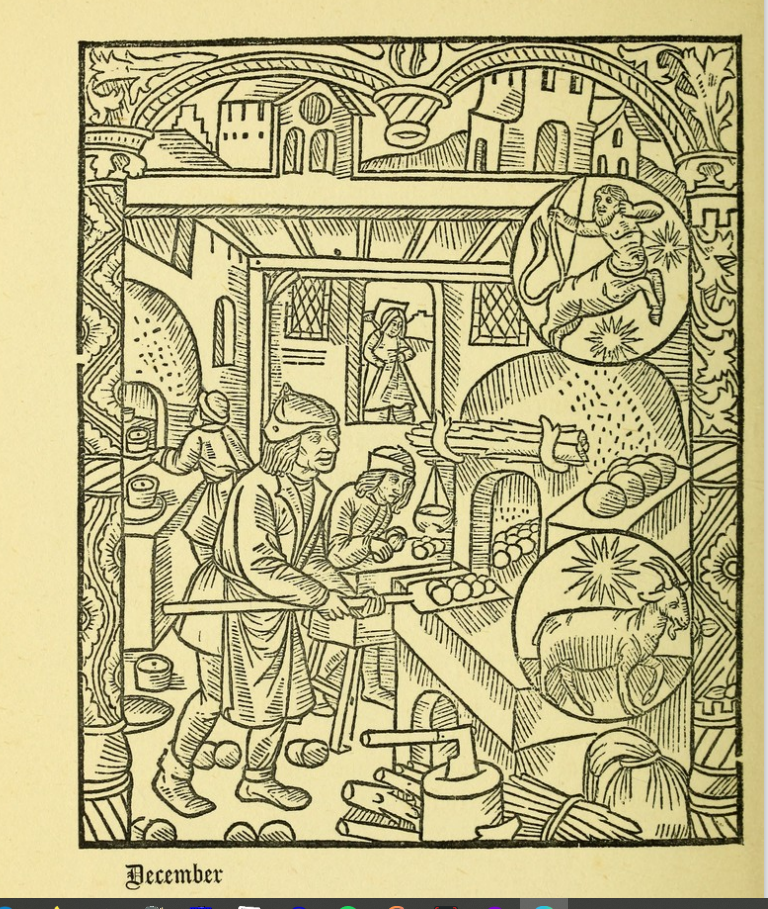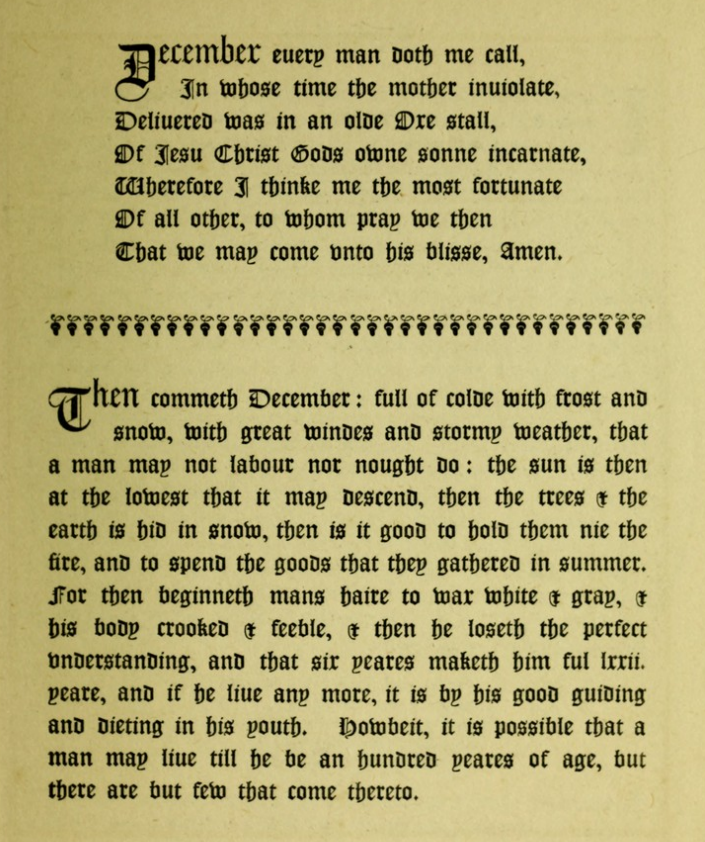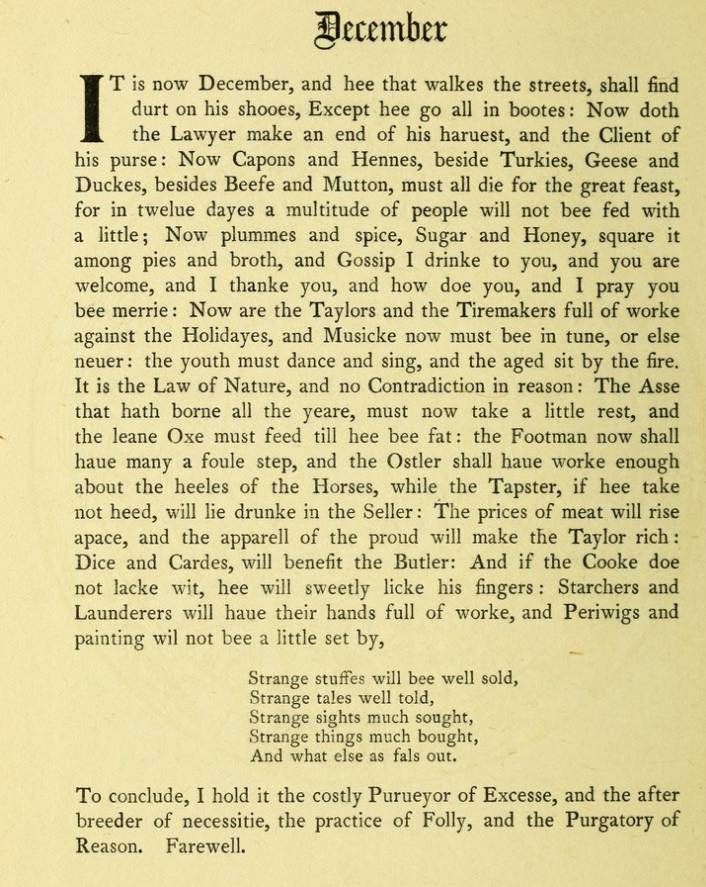
Here is a cautionary tale about AI. On the 29th of October I posted to announce the winner of the ‘The Woodland Trust’s 2024 Tree of the Year. This is what I wrote:
‘I looked at the website at 4.30pm today and no result listed that I can find on the Woodland Trust Site, But google AI says:
The winner ‘is the Capon Oak in Jedburgh, Scottish Borders. The Capon Oak is a remnant of the ancient Jedforest and one of the last surviving trees from the area. Its unusual shape may have saved it from being felled because its wood would have been of little use for shipbuilding.’
Being cautious, I wrote that I assume ‘google AI has information from a press release?’ because I could not find any notice of a winner on the Woodlands Trust website.
I checked a couple of days later and found that AI had indeed got the result wrong! How it did this, I do not know. Did it think there was no announcement so it then, by some means, worked out what it thought was the best guess? But in a question like this there are only two valid answers: 1. we don’t know 2. the correct answer. Anything else is wrong.
Here is the text of the BBC announcement, as seen on my phone:


To look at the woodland trust website, click here.













